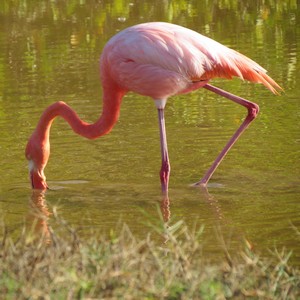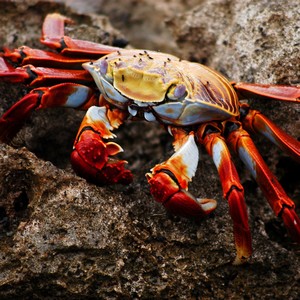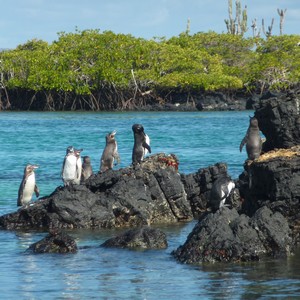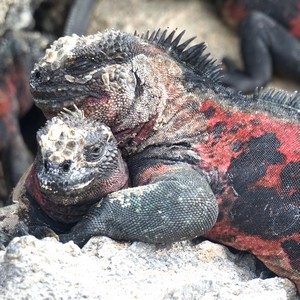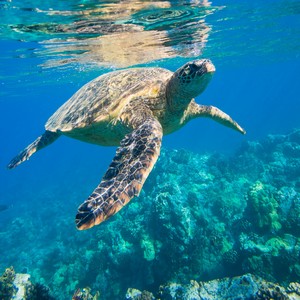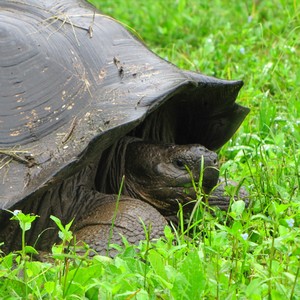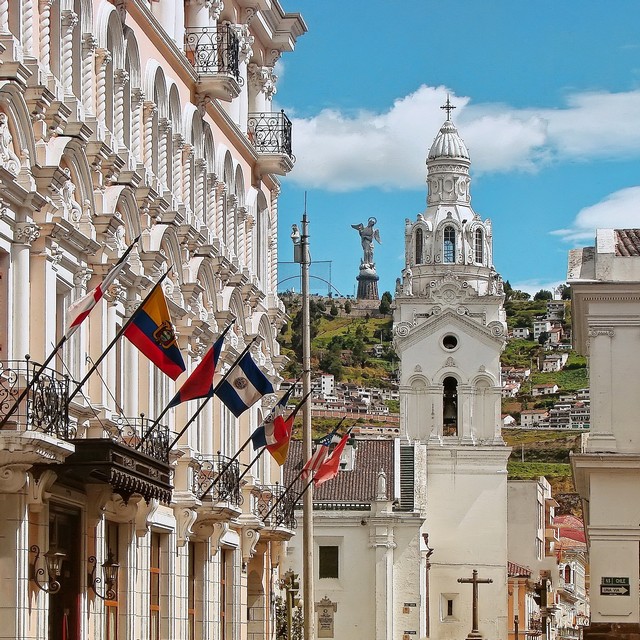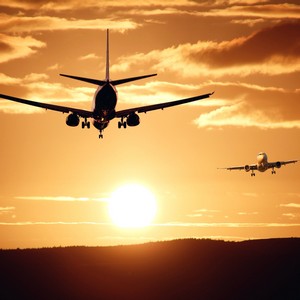
Day 1 : Arrival - Santa Cruz
Fly from Quito or Guayaquil to Baltra Airport in the Galápagos Islands, where you will be met by a Travel The Unknown representative to to begin your exploration of these incredible islands. Visit the Santa Cruz Highlands and Charles Darwin Research Station before transferring to the ship.
Overnight in S/S Mary Anne, Galápagos Islands
Meal plan: Dinner
Santa Cruz island is situated at the centre of the Galápagos archipelago. Santa Cruz is the second-largest island, after Isabela, and was formed millions of years ago by the eruption of a large volcano. The capital city of the island is Puerto Ayora, which is the most populated urban centre on the island.
The Santa Cruz Highlands offer a surprising contrast to the beaches and rocky outcrops of the Galápagos Islands. The lush highlands are home to the iconic giant tortoises, where the cool climates and dense vegetation provide the perfect habitat for them to thrive.
The Charles Darwin Research Station is based in Puerto Ayora, Santa Cruz and houses an extensive collection of preserved specimens of Galápagos plant life. The research centre serves as the headquarters for the Charles Darwin Foundation and is used to conduct scientific research and promote environmental education.
